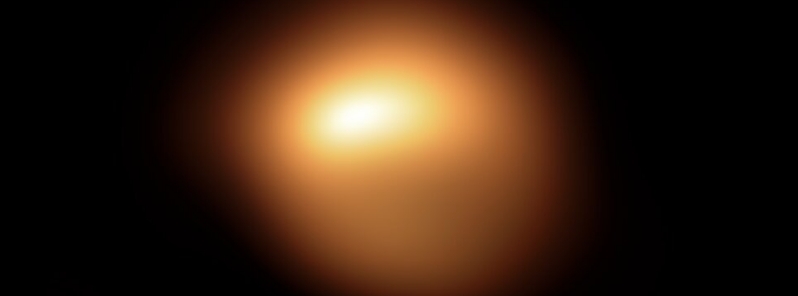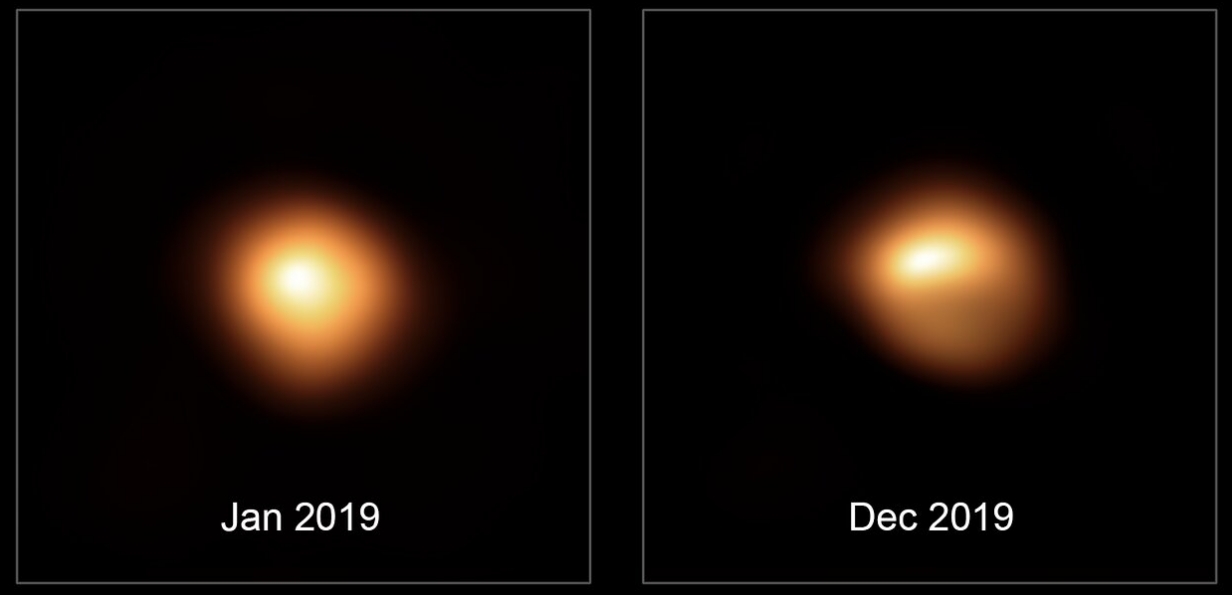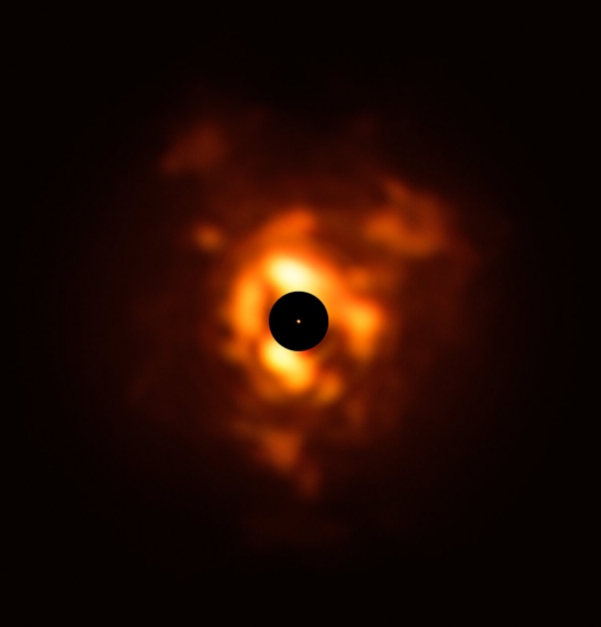ESO telescope captures mysterious dimming of Betelgeuse

The European Southern Observatory's (ESO) Very Large Telescope (VLT) has captured the unusual dimming of Betelgeuse, a red supergiant star in Orion constellation. The images of the star's surface not only show it losing luminosity but also its shape seemingly changing, leaving some astronomers puzzled.
A team led by astronomer Miguel Montarges at Belgium's KU Leuven University has been observing the star using VLT since December 2019, aiming to understand the reasons behind its fainting.
Betelgeuse started dimming towards the end of last year and is now around 36 percent of its normal brightness– a change "noticeable even to the naked eye," said ESO.
Scientists and astronomy enthusiasts were eager to find out more about the unprecedented fading of the star's light. Among the first observations of Montarges' team is an image of Betelgeuse's surface taken in late 2019 using the SPHERE instrument.
Before the star's luminosity began to diminish, the team also happened to observe the star using the same instrument taken in January 2019, providing a before-and-after photo.

Image credit: ESO/M. Montarges et al.
Captured in visible light, the images featured the changes happening to the star– both in brightness and shape.
A lot of space enthusiasts were curious if the star's dimming indicates that it's preparing to explode. However, ESO said, "like all red supergiants, Betelgeuse will one day go supernova, but astronomers don't think this is happening now."
"The two scenarios we are working on are a cooling of the surface due to exceptional stellar activity or dust ejection towards us,” Montarges explained.

"Of course, our knowledge of red supergiants remains incomplete, and this is still a work in progress, so a surprise can still happen."
ESO's VLT enabled observations from the visible to the mid-infrared, which means astronomers can see both the star's surface and the surrounding material.


Betelgeuse's dust plumes. Image credit: ESO/P. Kervella/M. Montarges et al., Eric Pantin
"This is the only way we can understand what is happening to the star."
In another image taken by the VISIR instrument on VLT in December 2019, Betelgeuse was seen giving off infrared light from the dust surrounding the star. These observations were produced by a team led by Pierre Kervella from the Observatory of Paris.


"Over their lifetimes, red supergiants like Betelgeuse create and eject vast amounts of material even before they explode as supernovae," said Ph.D. student at KU Leuven, who is working with SPHERE images of red supergiants.
"Modern technology has enabled us to study these objects, hundreds of light-years away, in unprecedented detail giving us the opportunity to unravel the mystery of what triggers their mass loss."


Featured image credit: ESO/M. Montarges et al.

Perhaps Betelguese has an orbiting companion, previously unidentified. I could easier believe that than that, the star has changed shape, on its own.